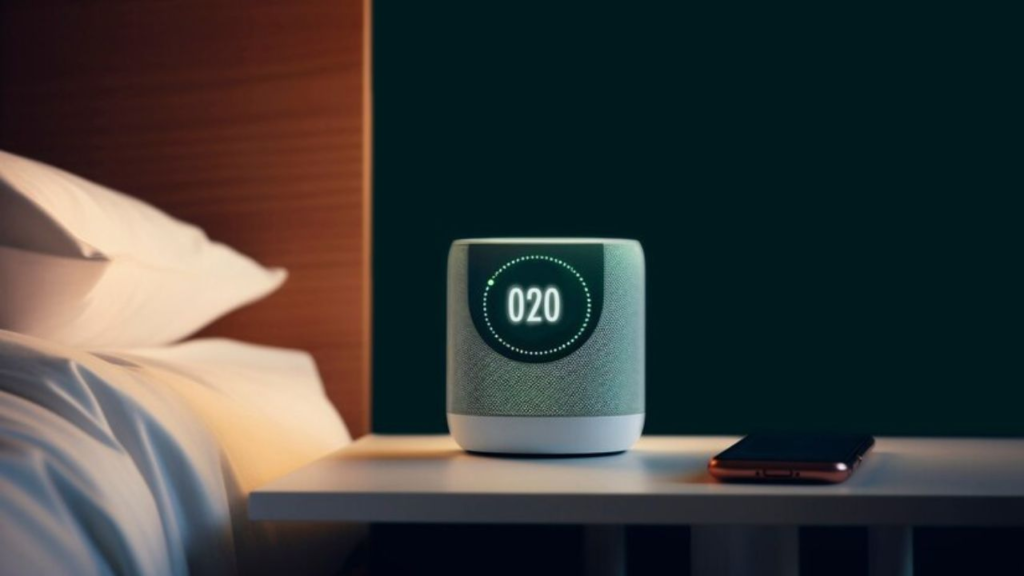Introduction
Temperature is a fundamental aspect of our daily lives, influencing everything from the weather we experience to the food we cook and the health care we receive. Understanding how to convert temperatures between Celsius and Fahrenheit accurately is a practical skill and a window into the scientific principles that govern our environment.
Background of Temperature Conversion
The concept of temperature conversion is rooted in the need to communicate and standardize measurements in different scientific and cultural contexts. Celsius and Fahrenheit are two scales widely used throughout history, each serving distinct purposes and communities.
Basic Concepts of Temperature
The Celsius Scale
Developed in the 18th century by Swedish astronomer Anders Celsius, the Celsius scale is part of the metric system and is used widely around the world today. It is defined by two fixed points: the freezing point of water (0 degrees Celsius) and the boiling point of water (100 degrees Celsius) at standard atmospheric pressure.
The Fahrenheit Scale
The Fahrenheit scale, created by the German physicist Daniel Gabriel Fahrenheit in the early 18th century, uses 32 degrees as the freezing point of water and 212 degrees as its boiling point at the same pressure. It remains the standard for everyday temperature measurement in the United States and a few other regions.
The Formula for Conversion
Understanding the formula for converting Celsius to Fahrenheit is essential for precise and effective communication, especially in fields like science and engineering.
How the Formula Works
The formula to convert Celsius to Fahrenheit is 𝐹=𝐶×9/5+32F=C×9/5+32. This formula ensures that each degree on the Celsius scale corresponds to 1.8 degrees on the Fahrenheit scale.
Detailed Steps to Convert
- Multiply the Celsius temperature by 9.
- Divide the result by 5.
- Add 32 to the result to find the Fahrenheit temperature.
Practical Examples
Converting 36.6 C to F: Step-by-Step
To convert 36.6 degrees Celsius to Fahrenheit:
- 36.6×9=329.436.6×9=329.4
- 329.4/5=65.88329.4/5=65.88
- 65.88+32=97.8865.88+32=97.88
Therefore, 36.6 C is approximately 97.88 F.
Common Errors and How to Avoid Them
One common error in temperature conversion is neglecting to follow the correct order of operations in the formula. Ensuring each step is followed sequentially is crucial for accuracy.
Advanced Conversion Techniques
Using Conversion Tools
While manual calculation is straightforward, various digital tools and apps can simplify and speed up the process, especially when dealing with large datasets or complex calculations.
Comparing Manual Calculation vs. Tools
Manual calculations can be more educational and ensure a deeper understanding of the conversion process. However, digital tools are invaluable for their efficiency and reduced risk of error in practical applications.
Historical Context
Understanding the origins and evolution of temperature scales provides insights into how scientific tools are developed and standardized across different cultures and epochs.
History of the Celsius Scale
The Celsius scale was revolutionary in its simplicity and ease of use, quickly becoming a preferred choice in many scientific applications.
History of the Fahrenheit Scale
Fahrenheit’s scale was initially designed based on brine’s freezing point, establishing a framework that would become integral to early thermodynamic measurements in the Western world.
Why Temperature Conversion Matters
Temperature conversion is not just a trivial piece of knowledge but a critical component of many professional fields.
Everyday Importance
From cooking and home heating to weather reports, understanding and converting temperature measurements affect many aspects of daily life.
Professional and Scientific Relevance
In professional settings, especially in science, health, and engineering, precise temperature measurement and conversion are vital for experiments, manufacturing processes, and even medical treatments.
Temperature Conversion in Different Industries
Different industries rely on accurate temperature conversion to ensure safety, quality, and efficiency.
Health Industry
Temperature measurements can indicate health conditions, guide treatment options, and ensure the safety of medical storage and transport.
Food Industry
Cooking temperatures, food storage, and refrigeration standards are all governed by precise temperature regulations to prevent spoilage and ensure safety.
Weather Forecasting
Meteorologists convert temperature data to inform the public and make predictions about weather patterns and climate changes.
Additional Considerations
There are several additional factors that those dealing with temperature conversion need to consider.
Impact of Temperature Precision
Small differences in temperature measurements can have large impacts, especially in sensitive environments like laboratories or pharmaceutical manufacturing.
Differences in Thermometer Readings
Different types of thermometers (digital, mercury, infrared) may provide varying readings, which need to be understood and calibrated for accurate data interpretation.
FAQ Section
What is 36.6 C in Fahrenheit? 36.6 C converts to approximately 97.88 F, demonstrating the straightforward application of the conversion formula.
How do I convert Celsius to Fahrenheit efficiently? Using the formula 𝐹=𝐶×9/5+32F=C×9/5+32, followed by checking with a digital conversion tool for verification, is both efficient and reliable.
What tools can I use for temperature conversion? Digital calculators, smartphone apps, and specialized software are all effective tools for converting temperatures between Celsius and Fahrenheit.
Why does the conversion formula work? The formula is based on the ratio of unit sizes between the Celsius and Fahrenheit scales, ensuring a consistent conversion that reflects the underlying physical properties of temperature.
Is there a difference in conversion at extreme temperatures? While the formula remains the same, extreme temperatures may require more precise instruments to ensure accuracy due to the increased potential for measurement errors.
Conclusion
In this extensive guide to converting 36.6 C to F, we’ve explored the fundamental principles behind temperature measurement and conversion, along with practical applications and common pitfalls. Understanding and applying these concepts is essential in a variety of professional and everyday contexts, highlighting the universal importance of accurate temperature conversion.
Future Outlook on Temperature Conversion
As technology progresses, we can anticipate more advanced tools and methods to emerge for temperature conversion, potentially integrating AI and machine learning to predict and compensate for variables in real-time measurement.








Be First to Comment